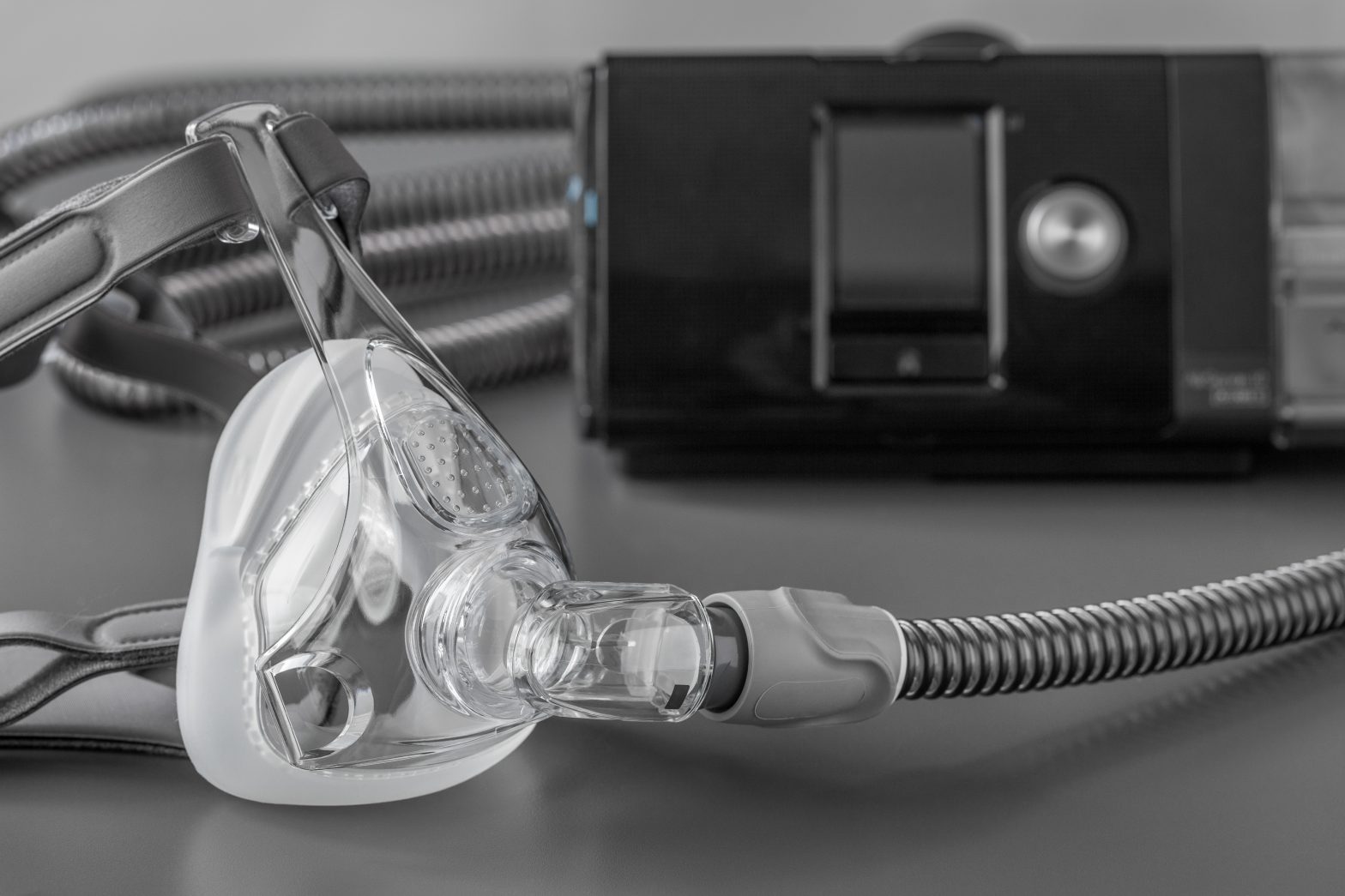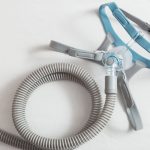How CPAP Changed My Life: Adjusting To New Experiences
Posted by David L. Hebert

This is Part 3 of a four-part article. For Part 1, click here. For Part 2, click here.
In Part 2, I discussed some of the features of my machine, the Medigas monitoring process, and my experiences with the beginning stages of CPAP therapy. As I continued to use the machine regularly, I noticed that my sleep quality was improving. I was also starting to notice that I was far less fatigued during the daytime than I had been even a few months before.
There were definitely times that I grew frustrated during those early days of therapy. It took time to get used to the mask. In the beginning, I sometimes woke up with my mouth so dry that my cheeks and tongue felt like sandpaper. Sometimes I would fall asleep and forget to even put the mask on. Sometimes I would be unable to fall asleep, and as the machine worked I would find the higher pressures almost too much to bear. At times it felt claustrophobic and constrictive, and I was tempted at times to tear the mask off my face as the pressure would build. On one or two occasions, I actually did remove the mask.
I was certainly finding it strange trying to sleep with a mask strapped to my face for the first little while. The experience wasn’t exactly uncomfortable, but it did feel foreign and unfamiliar. Sometimes I would wake up when the machine was at maximum pressure and find that my cheeks were completely and somewhat painfully puffed out to full extension. I felt kind of like a squirrel with acorn-filled cheeks in search of a hiding place for winter. The puffy cheeks started to go away as I gradually became more used to the pressure, and they pretty much disappeared entirely once the variable pressure settings were adjusted to the lower permanent pressure setting.
I had to stop using the mask entirely for a few days at one point when I briefly developed a sinus infection. When I tried to wear the mask, the pressure would create intense pain in my ears and sinuses. Once my infection cleared up, though, I went back to the mask. I was determined to stick with the therapy, because I wanted to experience the benefits. I could not keep living with the symptoms that the apnea was causing, so I persevered.
I was still finding the pressure a little bit intense, so I took advantage of the available settings on my CPAP machine to make the experience more comfortable. I got some relief from the Auto Ramp setting, which keeps the pressure low until the machine senses that you have likely fallen asleep. It then starts to gradually increase the pressure until it reaches a therapeutic level.
I like the feature, and I continue to use it to this day, although I discovered early that the machine sometimes thinks that I have fallen asleep while I’m still awake and I can feel the pressure start to build. After a few weeks of maintaining the therapy, though, my body became used to the sensation, and I became able to tolerate the increased pressure more easily, although I still found it somewhat uncomfortable when it would reach its higher pressures.
I also used the Pressure Relief setting that is available on my machine. It causes the machine to reduce the pressure when it senses that you are exhaling, which I found makes it much easier and much more comfortable to breathe. I still continue to use this setting, too.
Once the monitoring period with Medigas Manitoba Ltd. is complete, the data that the machine has collected is used to determine the most beneficial pressure setting for your ongoing therapy. This specific pressure setting is then programmed remotely over the wireless network that was mentioned earlier in Part 2 of this series. Once my permanent settings were activated after the titration period, I began to notice less and less discomfort with the pressure as I grew more accustomed to it.
I was encouraged by my success so far. I had read that it can take three to six months to notice all of the potential benefits to therapy, and I was determined to stick it out, because I was still noticing gradual improvement.
In Part 4, I will discuss the benefits that I have experienced as a result of continuing to use CPAP therapy on a long-term basis.



